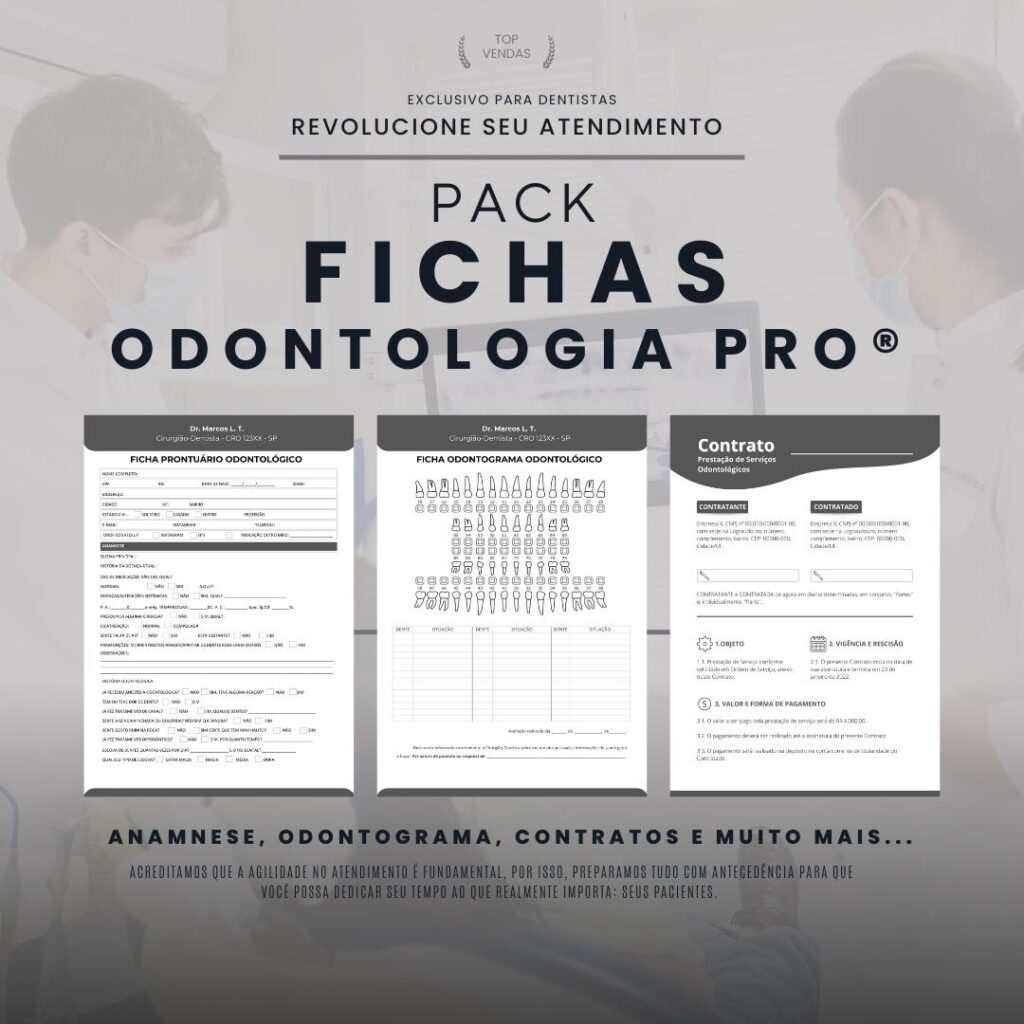What is Digital Functional Occlusion?
Digital functional occlusion is an advanced technique used in dentistry to evaluate and diagnose problems related to the bite and dental occlusion. This technique uses digital technology to record and analyze jaw movements, allowing a more accurate and detailed assessment of the functioning of the temporomandibular joint (TMJ) and teeth.
How does digital functional occlusion work?
To perform digital functional occlusion, the dentist uses a device called a semi-adjustable articulator, which is connected to digital analysis software. This device records the movements of the patient's jaw as they perform different movements, such as opening and closing their mouth, chewing and speaking.
Digital analysis software processes this data and generates a three-dimensional model of the patient's occlusion, allowing the dentist to visualize and analyze the relationship between the upper and lower teeth, the position of the jaw, and the function of the TMJ. Based on this analysis, the dentist can identify problems such as dental misalignment, crossbite, bruxism, and other occlusion disorders.
What are the advantages of digital functional occlusion?
Digital functional occlusion offers several advantages over traditional methods of occlusion assessment. One of the main advantages is diagnostic accuracy, as digital analysis allows a detailed and accurate visualization of the patient's occlusion.
Additionally, digital functional occlusion is a non-invasive procedure, which means there is no need to place plaster molds or other uncomfortable materials in the patient's mouth. This makes the procedure more comfortable and less stressful for the patient.
Another advantage of digital functional occlusion is the ability to perform virtual adjustments and simulations before starting any treatment. With the help of digital analysis software, the dentist can simulate different treatment options and evaluate the results before making a decision.
What are the applications of digital functional occlusion?
Digital functional occlusion is widely used in dentistry for the diagnosis and treatment of various problems related to dental occlusion. Some examples of applications of digital functional occlusion include:
– Diagnosis of dental misalignment and crossbite;
– Assessment of TMJ function;
– Diagnosis and treatment of bruxism and other occlusion disorders;
– Planning of orthodontic treatments and oral rehabilitation;
– Assessment of occlusal stability after dental treatments;
What are the benefits of digital functional occlusion for the patient?
Digital functional occlusion offers several benefits to the patient. One of the main benefits is diagnostic accuracy, which allows the dentist to identify occlusion problems more accurately and efficiently.
Furthermore, digital functional occlusion allows the patient to better visualize and understand their occlusion problem, as the dentist can use the three-dimensional model generated by the software to explain the diagnosis and treatment options more clearly and objectively.
Another benefit of digital functional occlusion is the ability to perform virtual adjustments and simulations before starting any treatment. This allows the patient to actively participate in the decision-making process, as they can visualize the expected results and discuss treatment options with the dentist.
Conclusion
Digital functional occlusion is an advanced technique that uses digital technology to assess and diagnose problems related to dental occlusion. This technique offers several advantages over traditional methods, such as diagnostic accuracy, patient comfort, and the possibility of performing virtual adjustments and simulations. With digital functional occlusion, the dentist can offer more precise and personalized treatment, providing the patient with a better quality of life and oral health.


